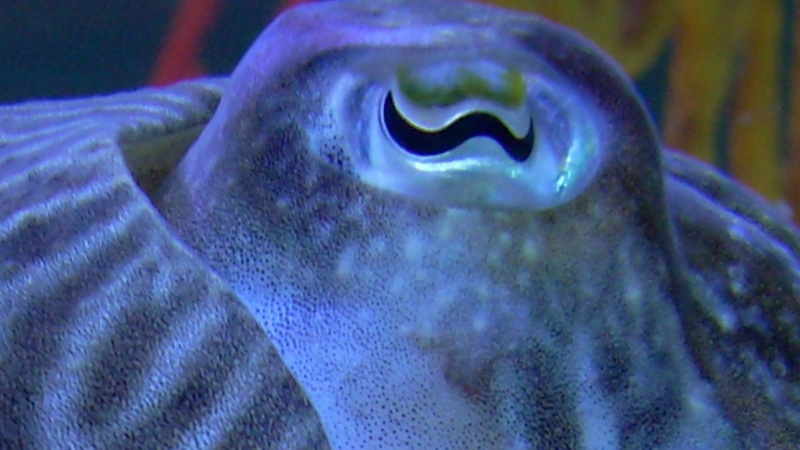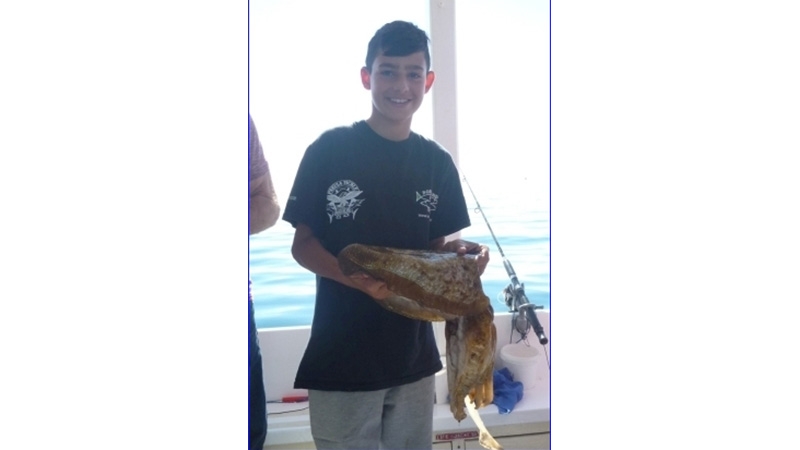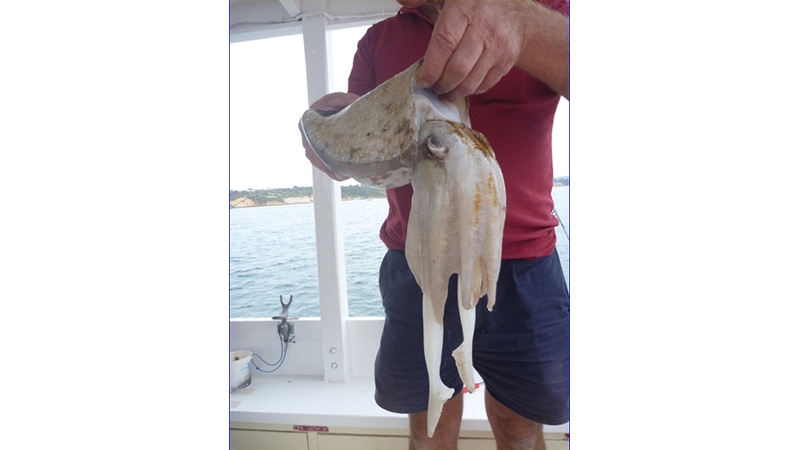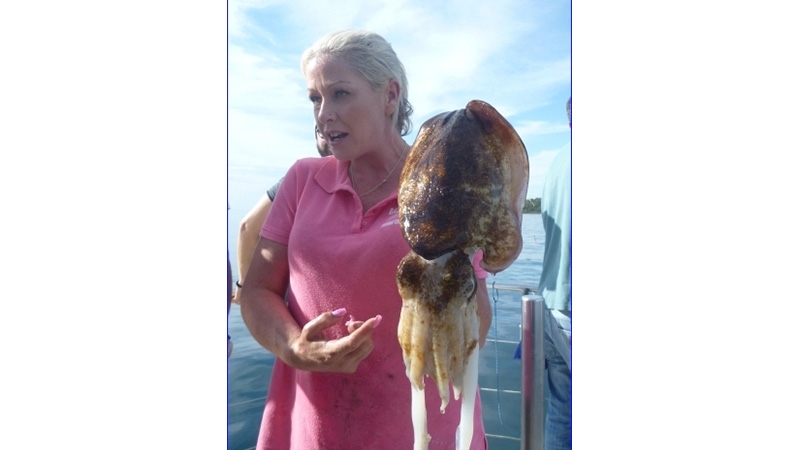




The Facts
Scientific name: Sepiida
Minimum legal size: none, Minimum bag limit: 10
The Cuttlefish belongs to the class Cephalopoda which includes: Squid, Octopus & Nautilus
Unique internal shell - cuttlebone
Cuttlebone used for buoyancy & source of calcium for pet birds
Ability to camouflage with the background
W-shaped eyes, 8 arms, 2 tentacles, 3 hearts
Despite its name, this marine animal is not a fish, it is a mollusc.
Life Cycle
There are about 120 known species of Cuttlefish worldwide living in mostly shallow water but occasionally have been found in deeper water up to 600 m. Often called the ‘chameleons of the sea’, their ability to change colour is amazing. They have been seen to match the colour of their surroundings, as well as the contrast and texture too. Their preferred diet is crabs and fish but they will feed on small shrimp after hatching. The main predators that hunt Cuttlefish are large fish, sharks, other Cuttlefish and humans. Cuttlefish mate in pairs, therefore the competition between males for a female can be intense and full of antics. Often smaller males will change their skin colour to appear female which enables them to get up close to females and therefore out foxing larger males. The female will lay about 200 eggs but sadly dies soon afterwards. Cuttlefish in general live for 18 to 24 months.
Port Phillip
There is a large population of this species of mollusc in Port Phillip Bay. They live in the shallows generally around 7 to 12 m in depth. They range in size from 15 cm up to 50 cm in length. Because of restrictions on numbers of catch, the stock of Cuttlefish in the bay are in large supply. Bay Fish N Trips has been fortunate to bring quite a few on board the Plover in recent months, not far from Mornington. Deckhand Jess has also developed an unusual skill of netting Cuttlefish that are following hooked fish to the surface.
